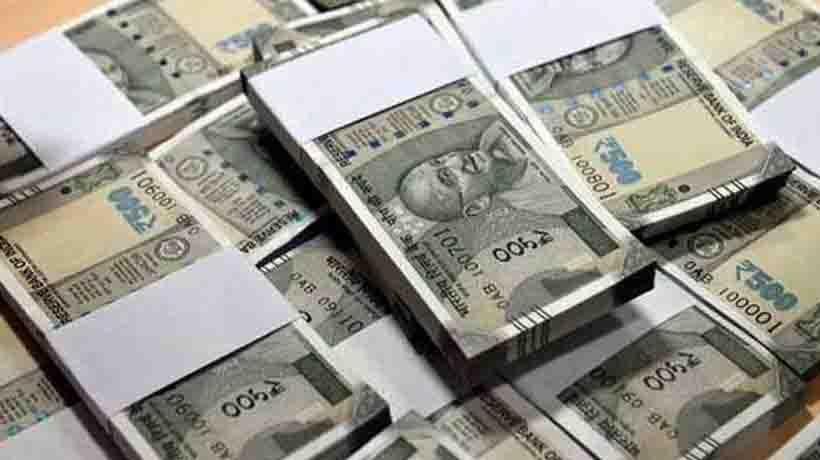Trending Now
- 830 voters names go missing in Kavundampalayam constituency
- If BJP comes to power we shall consider bringing back electoral bonds: Nirmala Sitaraman
- Monitoring at check posts between Kerala and TN intensified as bird flu gets virulent in Kerala
Business
Govt cuts borrowing for April-September to Rs 2.88 lakh crore
![]() March 27, 2018
March 27, 2018
The government has decided to scale down its borrowing to Rs 2.88 lakh crore in the April-September period of 2018-19 from the Rs 3.72 lakh crore it had borrowed in the first half of 2017-18. It will also introduce bonds linked to consumer price inflation to facilitate the borrowing.
The borrowing for the first half of 2018-19 works out to 47.56 per cent of budgeted gross market borrowing which is much lower than the average of 60-65 per cent in the last five years.
Economic Affairs Secretary Subhash Chandra Garg said that, in consultation with the the Reserve Bank, it has also decided to issue Government Securities (G-Sec) with 1-4 year maturity as demanded by primary dealers.
At a meeting with Finance Ministry officials last week, the dealers had suggested that the government come out with shorter duration bonds as the likely change in interest rate by the RBI could have a bearing on long-term bonds. The borrowing calendar for the first half of the 2018-19 fiscal was finalised at a meeting between finance ministry and RBI officials on Saturday.
Briefing reporters about the programme, Garg said Rs 2.88 lakh crore gross borrowing in the April-September period works out to 47.56 per cent of the total budgeted amount.
Finance Minister Arun Jaitley had in the Budget for 2018-19 raised the gross borrowing to Rs 6.06 lakh crore, from Rs 5.99 lakh crore in current fiscal year ending on March 31.
“We are absolutely confident that we will be able to meet all expenditure without going into overdraft,” Garg said. The government borrows funds from money market to bridge the fiscal deficit. The deficit has been pegged at 3.3 per cent of GDP in 2018-19, lower than 3.5 per cent in 2017-18.
The government also plans to reduce the G-Sec buyback by Rs 25,000 crore during the year. In addition to this, the government will withdraw up to Rs 1 lakh crore from the National Small Savings Fund (NSSF) — Rs 25,000 crore more than in the current financial year — to fund the fiscal deficit. This could reduce the overall market borrowing programme of the government for the entire fiscal, Garg said.
Garg further said that the government also plans to issue more Floating Rate Bonds (FRBs). This, along with Consumer Price Index (CPI)-linked Inflation Indexed Bonds, would account for 10 per cent of the total issuances during the year.
He further disclosed that the government and the RBI are in the final stage of discussions for increasing FPI limits from April 1, 2018. He said more issuance will be planned in short and long-term maturity bucket, reducing the issuance in medium term segments of 10-14 years to around 29 per cent, as against more than 50 per cent issuances in previous years.
Besides, the gross borrowing per week under T-Bills will be Rs 15,000 crore. ICRA principal economist Aditi Nayar said the market borrowing calendar for the first half of 2018-19 marks a departure from the front loading seen in recent years.
This, in conjunction with the change in the proportion of issuance in various maturity buckets, should help to cool the yield for the benchmark 10-year security to an extent. Garg said the RBI would be paying in its dividend to the government in 2-3 days.
























